- Courses
 Business Management
Business Management IT Networks and ITSM
IT Networks and ITSM Data Management
Data Management Software Development
Software Development Digital Transformation
Digital Transformation Graphic Design
Graphic Design
- Learning Paths
- Vendors






Oracle Database 19C: Administration Workshop.
In this oracle certification will learn about Oracle database administrator practical experience in administering, monitoring, tuning and troubleshooting an Oracle database.
Module 1: Introduction to Oracle Database
Module 2: Accessing an Oracle Database
Module 3: Creating an Oracle Database by Using DBCA
Module 4: Creating an Oracle Database by Using a SQL Command
Module 5: Starting Up and Shutting Down a Database Instance
Module 6: Managing Database Instances
Module 7: Oracle Net Services: Overview
Module 8: Configuring Naming Methods
Module 9: Configuring and Administering the Listener
Module 10: Configuring a Shared Server Architecture
Module 11: Configuring Oracle Connection Manager for Multiplexing and Access Control
Module 12: Creating PDBs from Seed
Module 13: Using Other Techniques to Create PDBs
Module 14: Managing PDBs
Module 15: Database Storage Overview
Module 16: Creating and Managing Tablespaces
Module 17: Improving Space Usage
Module 18: Managing Undo Data
Module 19: Creating and Managing User Accounts
Module 20: Configuring Privilege and Role Authorization
Module 21: Configuring User Resource Limits
Module 22: Implementing Oracle Database Auditing
Module 23: Introduction to Loading and Transporting Data
Module 24: Loading Data
Module 25: Transporting Data
Module 26: Using External Tables to Load and Transport Data
Module 27: Automated Maintenance Tasks: Overview
Module 28: Automated Maintenance Tasks: Managing Tasks and Windows
Module 29: Database Monitoring and Tuning Performance Overview
Module 30: Monitoring Database Performance
Module 31: Database Processes
Module 32: Managing Memory
Module 33: Analyzing SQL and Optimizing Access Paths
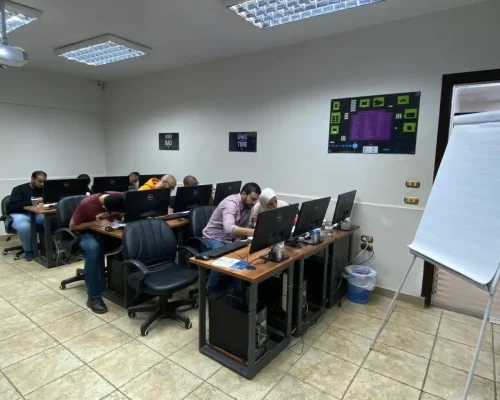

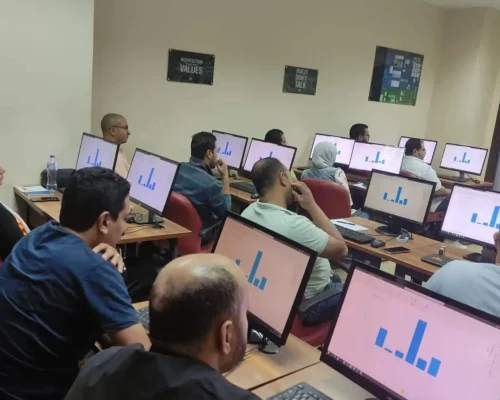

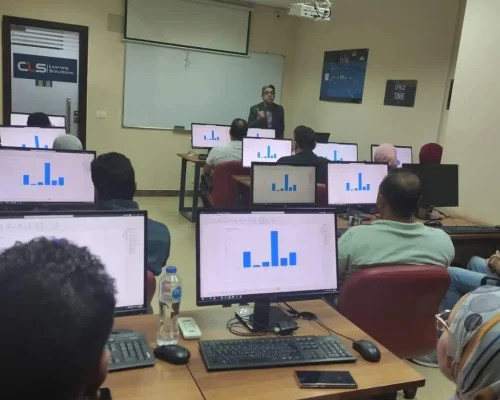
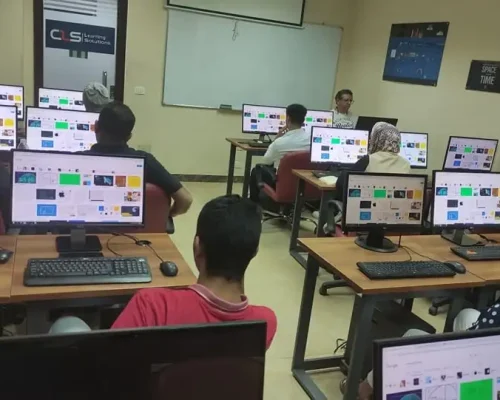
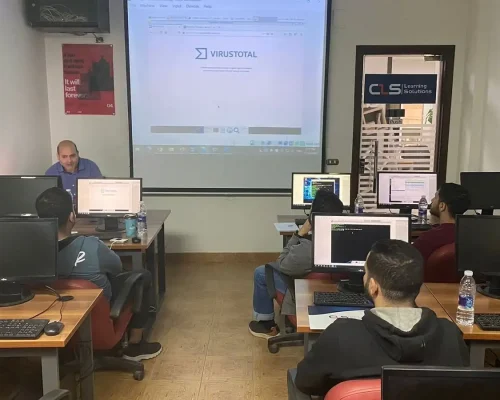
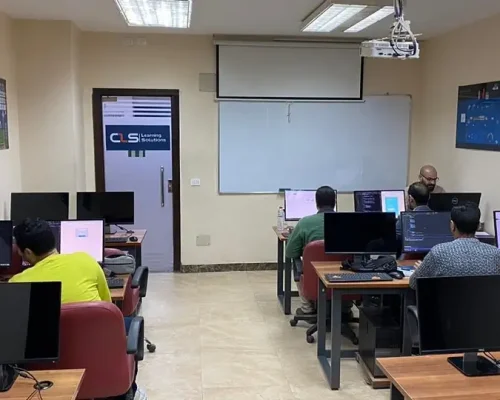
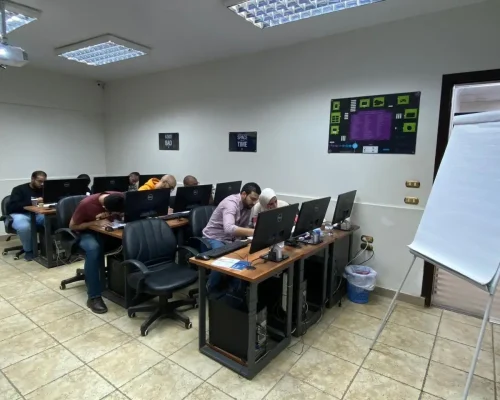
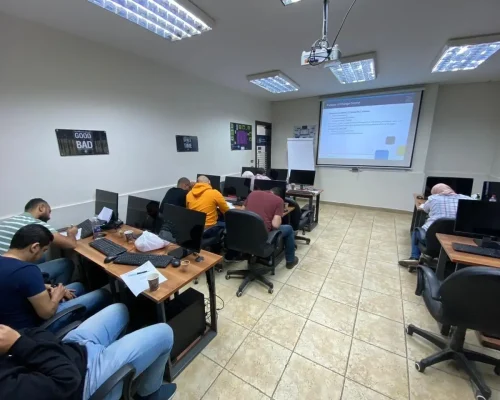
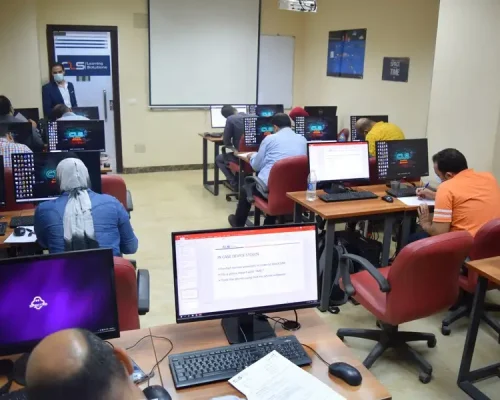
We have been in the market since 1995, and we kept accumulating experience in the training business, and providing training for more than 200,000 trainees ever since, in Egypt, and the MENA region.
CLS facilities are well-equipped with strong hardware and software technologies that aid both students and trainers lead very effective smooth training programs.
We provide our clients with the best solutions, customized to their specific needs and goals. Our team is highly qualified to answer whatever questions you have.
CLS is an authorized and accredited partner by technology leaders. This means that our training programs are of the highest quality source materials.
We keep tabs on every change in the market and the technology field, so our training programs will always be updated up to the World-class latest standards, and adapted to the global shape-shifting job market.
We select the best instructors, who are certified from trustworthy international vendors. They share their professional experience with the Trainees, so they can have a clear hands-on experience.

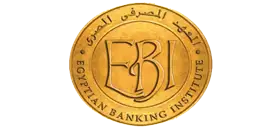



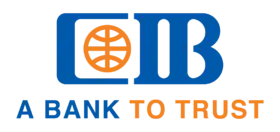







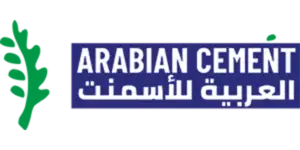


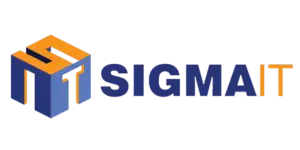










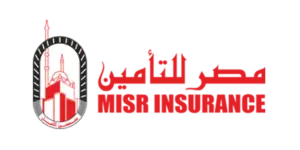

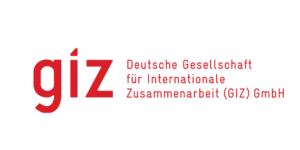


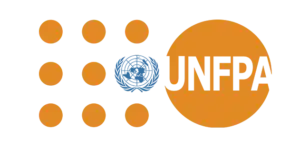

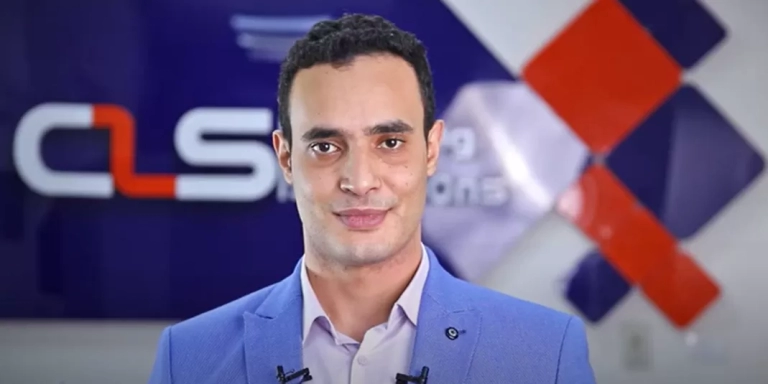
I`m attending now CEH Training with Eng Mohamed Hamdy ,CISSP Training with Eng Mohamed Gohar, I really learned a lot from him , everything here in CLS is very satisfying including facilities .
We took a series of courses as the digital Transformation Unit of the ministry . we just finished CRISC Certification Training with DR Adel Abdel Meneim . Thank you CLS for all your efforts, we really appreciate it
Me and my colleagues are working in a government Organization, We took a no. of cyber security trainings with CLS starting with CEH and CISSP. we liked every thing the instructors, the stuff and whole environment
I`m attending ASP.NET Core with MVC Training with Eng Mohamed Hesham , I really learned a lot from him , everything here in CLS is very satisfying including facilities .Thanks you all team.
Qualifying the cadres of digital transformation units in government agencies moving to the administrative capital .Thanks CLS
I`m attending ASP.NET Core with MVC Training with Eng Mohamed Hesham , I really learned a lot from him , everything here in CLS is very satisfying including facilities .Thanks you all team.
I`m attending now CRISC Training with DR Adel Abdel Meneim , I really learned a lot from him , everything here in CLS is very satisfying including facilities , locations and the team.
I`m attending ASP.NET Core with MVC Training with Eng Mohamed Hesham , I really learned a lot from him , everything here in CLS is very satisfying including facilities .Thanks you all team.

Seize the moment, Learn with CLS, The Top-Rated Training Provider in Egypt since 1995, 28 Years of Experience Training Businesses and People in Egypt and Mena region.
© 2024 - CLS Learning - Solutions | All Rights Reserved.